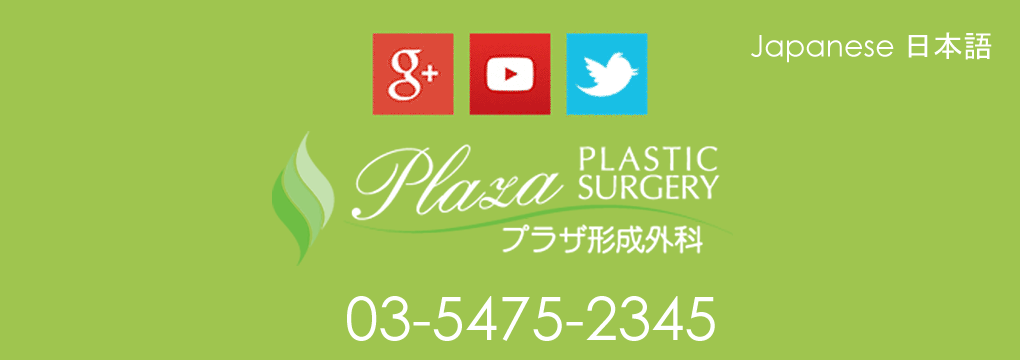Diagnostic Criteria: Larger than normal tissue under the areola, palpable elevation (swelling) or mass (lump).
*If a man’s entire chest is swollen with fat, it is not covered by insurance (in this case, liposuction can be performed at your own expense).
*All surgeries at our clinic are performed by our director, an American board-certified plastic surgeon and former UCLA Chief Resident.
Surgical method:
- Approach through skin incision around the areola (under local anesthesia).
- The mammary gland tissue under the areola is excised under direct vision.
- Suture the areola wound.
Approximate cost of treatment:
About 37,000 yen for both sides (in case of 30% co-pay) under the Japanese insurance (*price for Tricare is different from this).
(In addition, the preoperative examination fee is about ¥4,000 to ¥5,000, and the pathological examination fee is about ¥3,000.)
Recovery, complications, sequelae:
・If there are no postoperative problems, desk work and other work is possible from the next day. Stitches are removed in about 7 days. The surgical site once becomes hard (about 1 to 3 months) due to scarring, and then gradually softens.
・Complications include a hematoma (accumulation of blood), and if approached from the areola, the scar (bleached line) may be visible.
・Because postoperative care is required, please be prepared to visit the clinic as needed for 1-2 weeks after surgery.
・Depending on the symptoms, removal of the breast tissue alone may not improve the condition.
・Although the scar after surgery is small, people who are extremely concerned about it should be careful when choosing the surgical method.
Learn more about Gynecomastia Surgery in Tokyo Japan.




